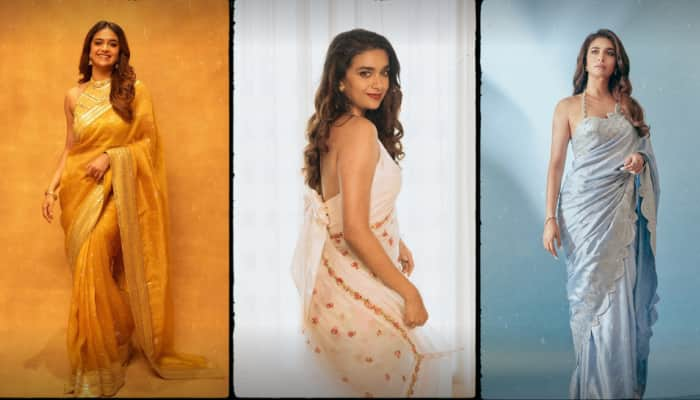Parrots 'blush' when happily communicating: study
Parrots may blush, ruffle their head feathers to communicate visually, according to a study which helps better understand the complex social lives of the highly intelligent birds.
Trending Photos
) Representational Image:Pixabay
Representational Image:Pixabay London: Parrots may blush and ruffle their head feathers to communicate visually, according to a study which helps better understand the complex social lives of the highly intelligent birds.
Researchers of the INRA Centre Val de Loire in France studied five hand-reared captive blue-and-yellow macaws (Ara ararauna) interacting with one another and with their human caretakers. They assessed the feather position (ruffled or sleeked) on the crown, nape, and cheek, as well as the presence or absence of blushing on the bare skin of the cheek. They found that feather ruffling was more common when the birds were not in motion, such as during social interactions and resting periods.
Crown feather ruffling and blushing were both more common when the human caretaker was actively interacting with the parrot by talking and maintaining eye contact than when the keeper was in the room but ignoring and turning their backs to the bird.
Together, these results suggest that head feather ruffling is associated with states of lower arousal and positive social interactions, the authors concluded.
"How birds use facial displays and whether they communicate their inner subjective feelings is a question that is crucial to deepening our understanding of bird sentience," said Aline Bertin, one of the authors of the study published in the journal PLOS ONE.
"Although caution must be exercised when interpreting these data due to the small sample size, we argue that crown ruffling and skin color variation may provide facial indicators of birds' inner subjective feelings," said Bertin.
"On a practical level, parrots are popular companion animals, with millions of parrots being kept as pets, and understanding visual communication in parrots may help to assess their well-being in captive conditions," she said.
"Blushing may not be a characteristic unique to humans: the featherless cheek of the blue-and-yellow macaw parrot reveals rapid skin color changes in situations associated with emotion," said Bertin.
"The macaw's particularly complex face may enable communication of emotion via color and feather displays," she said.
Stay informed on all the latest news, real-time breaking news updates, and follow all the important headlines in india news and world News on Zee News.
Live Tv







)
)
)
)
)
)
)
)
)
)
